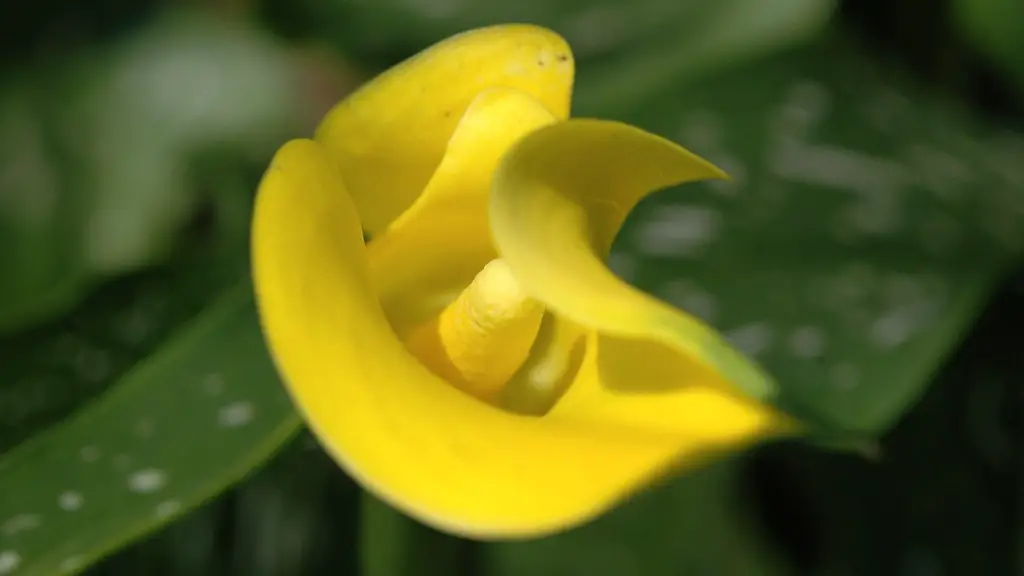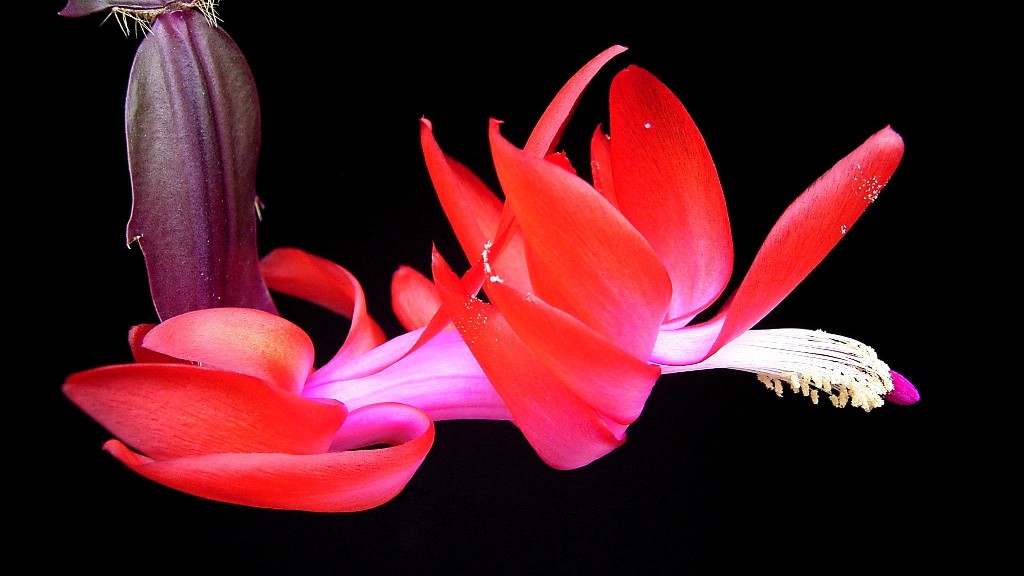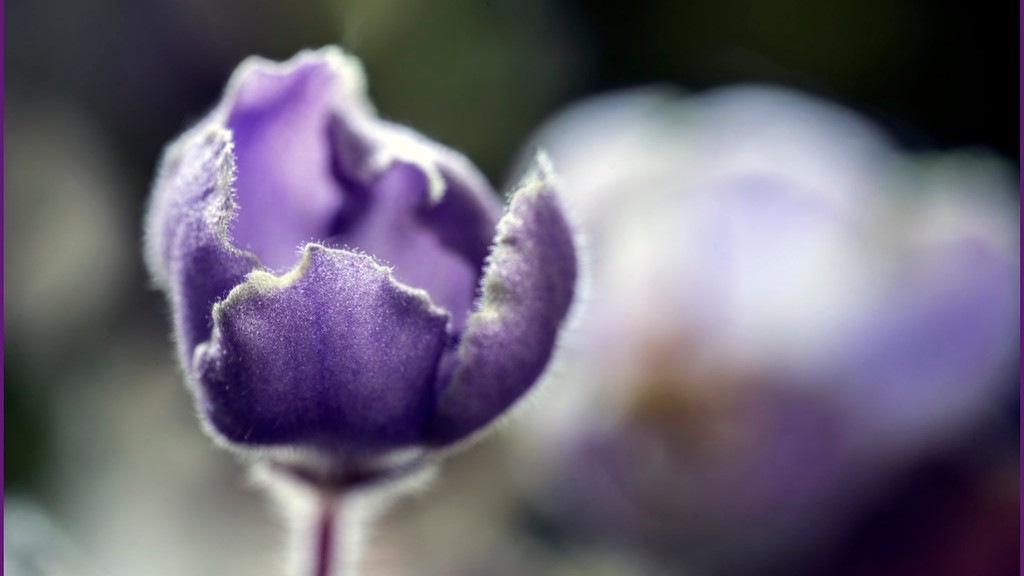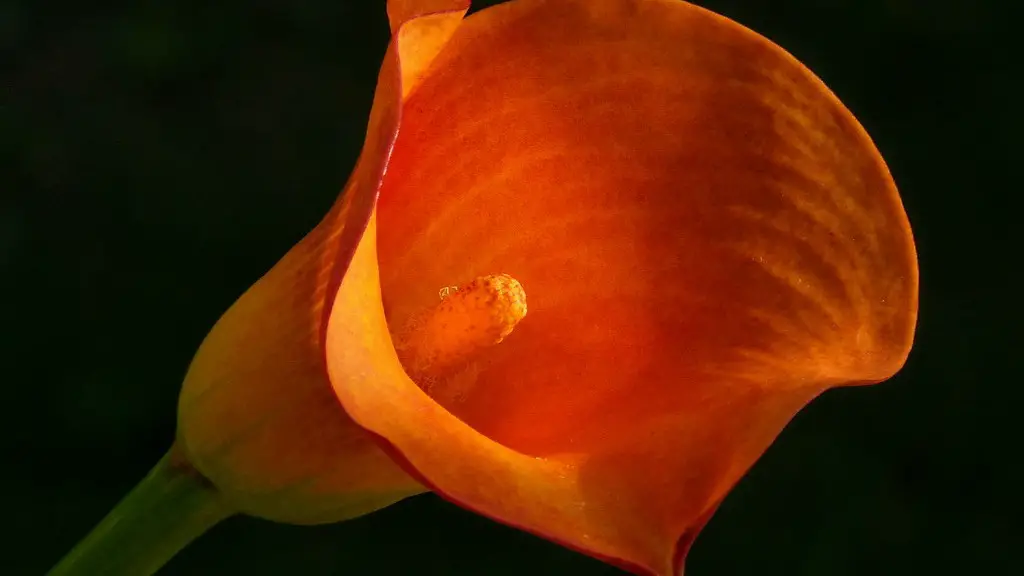When it comes to houseplants, the calla lily is one of the most popular. This is because they are not only beautiful, but also low-maintenance. However, even the most robust plant can have problems from time to time. If your calla lily is looking a bit neglected, here are some tips on how to revive it.
A calla lily can be revived by giving it fresh water and placing it in a sunny spot.
How do you bring calla lilies back to life?
If you want your calla lily plant to bloom again, you need to follow a specific process. First, the foliage will die back and the plant will appear to be dead. Place it in a cool (not cold) dark place for two months. After this, bring it back out into the light and resume watering it. The foliage will regrow and you calla lily plant will start to bloom shortly thereafter.
It’s easy to treat your gift calla lilies as annuals, but they’re actually perennials! If you keep your potted plant, it will bloom again next year.
Why is my calla lily yellow and drooping
If your calla lily has yellow leaves, it could be due to a nutrient shortage in the soil. This is most often caused by a lack of nitrogen, iron, zinc, or some other trace element. You can try adding some fertilizer to the soil to see if that helps.
If you find your calla lilies sitting in puddles or with mushrooms growing beside them, it’s likely that the soil is compacted and draining poorly. This can cause limp stems and root rot. To prevent this, make sure the soil has good drainage and isn’t oversaturated with water.
What do calla lilies look like when they are dying?
Calla lilies are unique in that they don’t drop their petals like many other plants when their flowers are done blooming. Instead, the flower begins to die and rolls up into a tube, often turning green on the outside. These spent blossoms on calla lily plants are done and have no purpose, so they should be clipped off.
Hand-tied calla lily bouquets are a beautiful and popular choice for many occasions. They are typically made with fresh calla lilies and have sealed ends to help extend their freshness. These bouquets can last out of water for 12 to 24 hours, making them a great option for events or occasions where you may not have access to a vase or water.
Do calla lilies like sun or shade?
Calla lilies are beautiful flowers that can add a touch of elegance to any garden. They are fairly easy to care for and can be grown in most climates. In warm climates, calla lilies do best in full sun or partial shade. In cooler areas, they should be grown in full sun. Calla lilies are winter hardy in zones 8-10. In colder areas, they can either be grown as annuals or can be dug up in the fall and stored indoors for replanting the next spring.
Although an outdoor plant by nature, the Calla Lily will perform wonderfully as an indoor plant. Keeping this rhizome happy indoors is a matter of paying attention to some fundamental growing conditions. The Zantedeschia aethiopica is native to southern Africa and does best in warm, humid conditions with bright, indirect sunlight. If you can provide these conditions for your Calla Lily, you’ll be rewarded with beautiful blooms year-round.
How often do you water calla lilies
If you water your calla lilies too heavily, especially after initially planting them, you may drown the rhizomes and kill the plant. Once the rhizomes are established, you can water the plants once a week, or more frequently if experiencing especially hot or drought-like conditions.
If you notice that your plant’s leaves are drooping or yellowing, it could be a sign of either underwatering or overwatering. To prevent this, only water your plant when the top 50% of the potting mix has completely dried out. Water thoroughly until it flows out of the drainage hole and discard any excess water.
How do you know when a calla lily needs water?
If you notice that your calla lily’s leaves are yellowing, wilting, or that the plant is looking stunted, it may not be getting enough water. Be sure to give it a good soaking every week or so, and mist the leaves regularly to keep them from getting too dry.
Calla lilies are unique and beautiful flowers that are often used in decorative arrangements. If you have calla lilies that are drooping or beginning to show signs of root rot, you should trim them back in order to prevent the spread of the disease. Once trimmed, you can place the calla lilies in a tall vase for support.
How do I know if my calla lily is dormant
Don’t be alarmed if your Calla Lily specimen beginning to lose its leaves over the late summer onwards. This is because Calla Lilies will go through a state of dormancy at this time of year, whereby most of the foliage will die back until the following spring.
Calla lilies are a beautiful and popular flower, but many people don’t realize that they can actually be quite finicky. In the appropriate climate, calla lilies can live all year round. However, for proper calla lily care, the plant should be allowed to die back for about two months every year. This will allow for the flowers to rest and come back with even better blooms in the next growing season.
Do calla lilies like to be wet or dry?
It is important to keep the Calla Lily plant’s soil moist at all times. However, you should make sure that the soil is not too wet or soggy. The plant is not resistant to drought and therefore you should never let the soil completely dry out.
Calla Lilies are beautiful flowers that add a touch of elegance to any garden. They are reasonably easy to care for, but there are a few things to keep in mind in order to keep them healthy and happy. Firstly, they like moist soil at all times so it is important to water them regularly. They are not drought resistant and should never be allowed to totally dry out, so keep an eye on the soil and water as needed. Secondly, Calla Lilies are not frost hardy so it is important to protect them if there is a chance of frost in your area. Lastly, they are relatively low maintenance but deadheading the flowers will encourage more blooms. With a little care and attention, Calla Lilies will thrive and add beauty to your garden for many seasons to come.
What does a calla lily symbolize
The calla lily is a beautiful and versatile flower that has a wide range of meanings. On the one hand, the calla lily can represent life and fertility, while on the other hand it is also a well-known symbol of death. The meaning of the calla lily can also vary depending on the culture. For example, in ancient Greek culture, the calla lily was thought to represent magnificent beauty. This origin stems from a tale regarding Hercules as a baby.
Calla Lilies grow best in full sun or partial shade. In cooler summer areas, full sun is best, but in hot summer areas, part shade is preferred. Calla Lilies do best in organically rich, moist, well-drained soils. Consistent moisture is essential, but avoid overwatering to prevent rot.
Conclusion
If your calla lily is wilting, you can try to revive it by following these steps:
1. First, check the plant to see if it needs watering. If the soil is dry, water the plant and make sure to thoroughly soak the roots.
2. If the plant is too wet, try to drain the excess water away from the roots.
3. Next, check the plant for any pests or diseases. If you see any, treat the plant accordingly.
4. Finally, fertilize the plant to give it a boost of nutrients.
If your calla lily has seen better days and is starting to look a bit sad, don’t despair. With a little bit of TLC, you can revive your calla lily and enjoy its beauty for many more days to come. Here’s what to do:
1. Cut off any dead or dying leaves, flowers, or stems.
2. Place the calla lily in a clean vase with fresh, lukewarm water.
3. Add a drop or two of bleach to the water to help prevent bacteria from building up.
4. Give the calla lily plenty of bright, indirect light.
5. Change the water every few days, and add more bleach as needed.
With a little bit of care, you can keep your calla lily looking beautiful for weeks to come.





